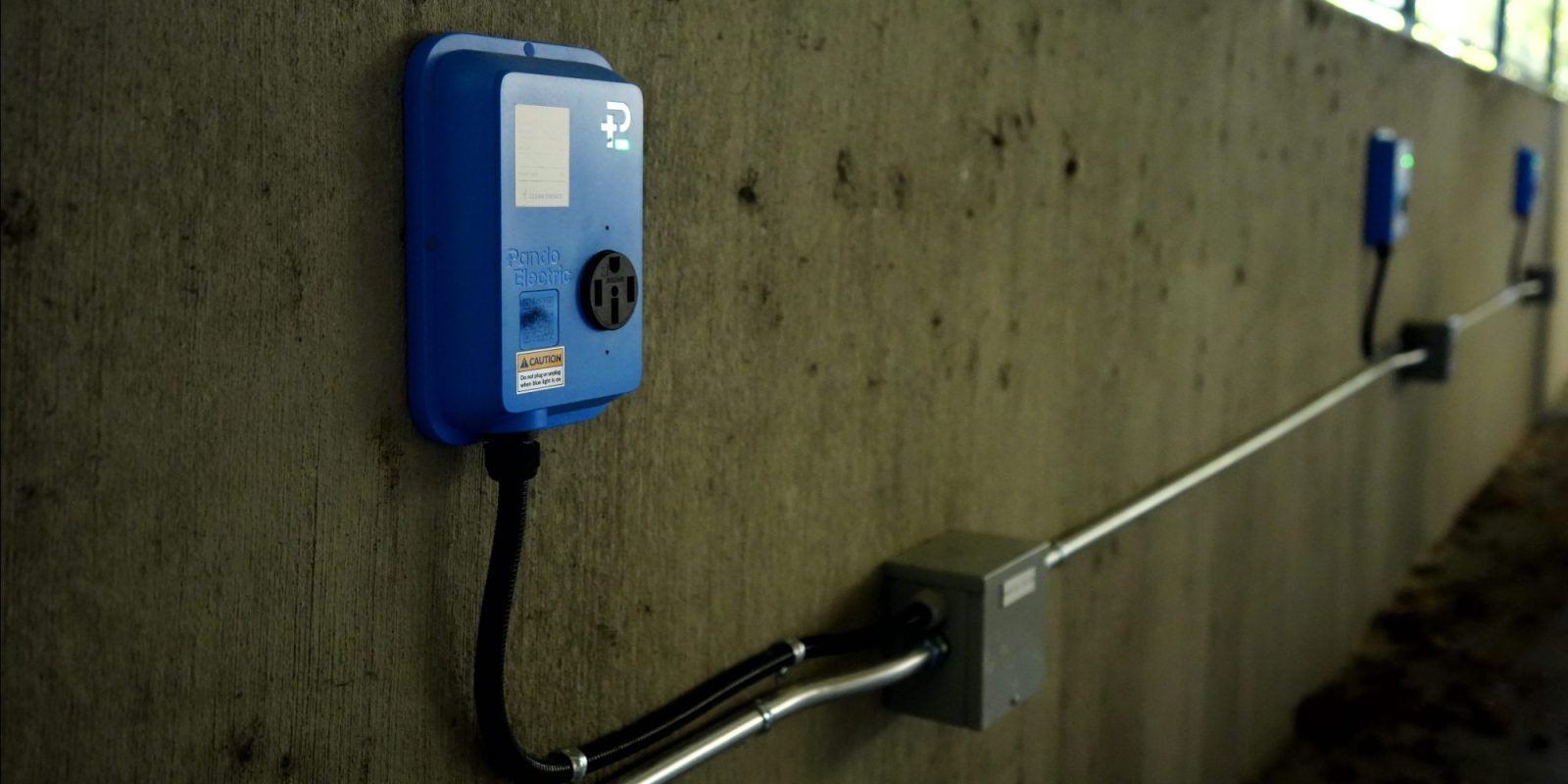
A condominium advanced in Northern California has put in charging for all of its 90 housing unit with an after-incentive value of round $405 per unit – fixing one of many solely actual issues with EV charging.
One of many predominant advantages of an electrical automobile is within the comfort of proudly owning and charging the automobile. As a substitute of getting to exit of your technique to gas it, you simply park it at dwelling, in the identical place it spends not less than 8 hours a day, and you allow the home each day with a full cost.
However this profit solely applies to these with a constant parking house which they will simply set up charging at. When speaking about house owners who dwell in condo buildings, it may possibly typically get extra sophisticated.
Whereas sure states have handed “proper to cost” legal guidelines to provide apartment-dwellers an answer for dwelling charging, condo charging is however a little bit of a patchwork resolution thus far.
And so, after we heard a couple of condominium advanced that put in EV chargers for all of its items, and at an extremely low value of simply $405 per house in one of many highest cost-of-living areas within the nation, we needed to discover out extra.
The condominium advanced is Woodland Creek, with 90 items in East Palo Alto, CA, within the coronary heart of SIlicon Valley, the epicenter of electrical automobile adoption within the US.
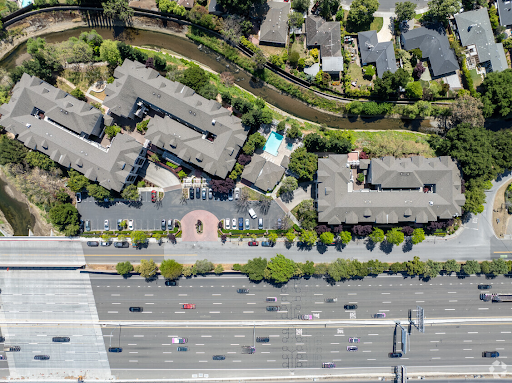
The venture was put in by Pando Electrical, an EV charging firm that focuses on multifamily and business buildings. We spoke with its CEO and founder, Aaron Li, for some insights into the venture.
Pando says that is the biggest “100% protection” venture in North America, however that it’s not stopping there. It’s the biggest venture the corporate has put in but, however that document gained’t keep for lengthy.
It differs from others in that the majority multifamily initiatives will cowl some proportion of obtainable areas, however this one determined so as to add retailers for each single parking spot on the property – 90 spots, every for one unit, and a couple of handicap parking spots.
The chargers are small packing containers, outfitted with connectivity and a NEMA 14-50 outlet. Every charger doesn’t have a cable related – that’s for the proprietor of the automobile to supply, within the type of a cellular charging connector. Most EVs both include one in all these cables, or one will be bought individually for a number of hundred {dollars}.
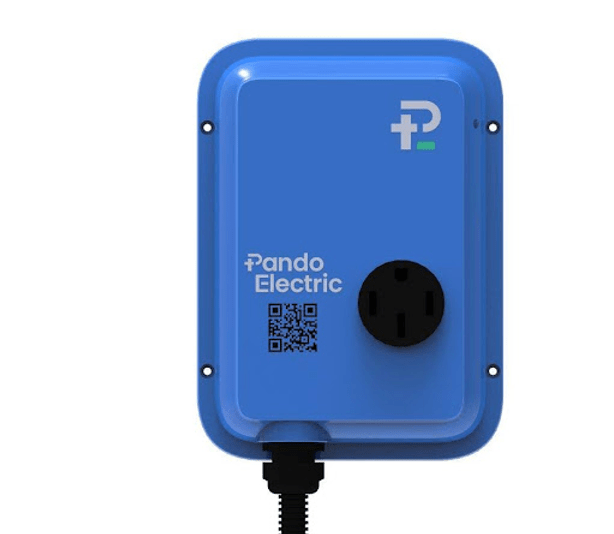
Pando says the good thing about going this route is that in a world with all kinds of electrical vehicles, OEM-supplied gear will at all times be essentially the most dependable, and can typically include a guaranty from the automobile producer.
It additionally implies that every proprietor is liable for their very own cable, which suggests you don’t must have one upkeep man on the property liable for preserving all 90 items up and operating, or individuals mistreating connected cables, as a result of every particular person will take possession over their very own gear and take higher care of it (there’s an identical provision within the new NACS/J3400 spec that ought to assist with public charging). And that there might be no must replace programs if charging normal change – as we’re seeing at present because the trade transitions to NACS.
As a substitute of including devoted service to every spot, Pando’s system shares electrical energy between all of the retailers on the property. On this manner, it may possibly use 300 amps of three-phase business service to cost all 90 vehicles in a single day – albeit not as rapidly as if every automobile had its personal devoted 7-10kW stage 2 charger. And it mentioned set up prices went down by 80% when connecting to communal electrical energy fairly than including service to every particular person unit.
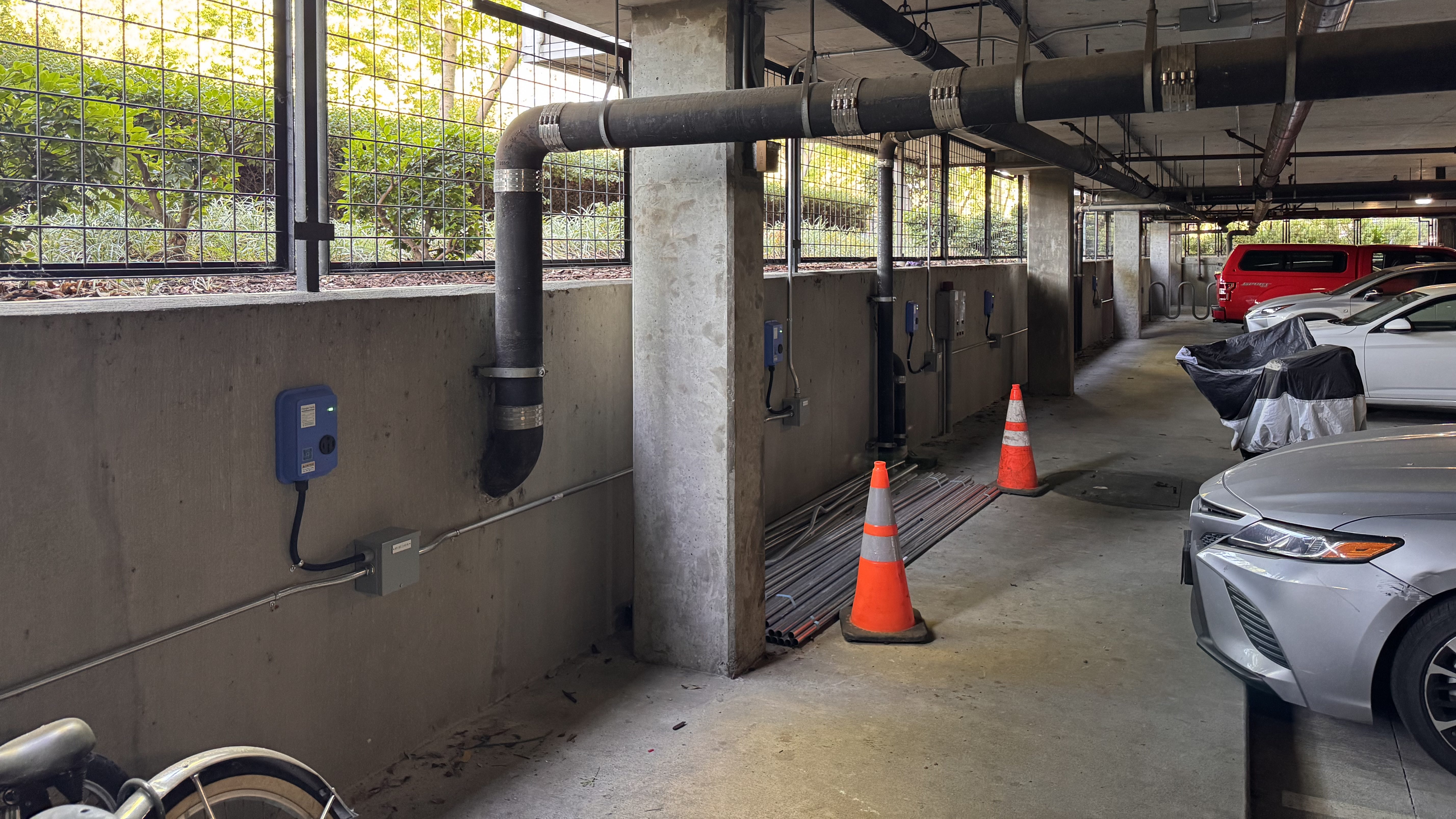
It accomplishes this by implementing a queue by means of Pando’s charging app. When a automobile desires to cost, you plug in, provoke a charging session by means of the app (or by means of a “tap-to-charge” NFC system), and get added to a queue. If in case you have a specific want for speedy charging, you possibly can leap to the entrance of the queue and pay a premium (of round 20%) for sooner charging. Charging prices the identical quantity as electrical energy would usually value within the space, and your electrical energy utilization is monitored by means of the Pando app.
For many house owners, this queue gained’t actually make a distinction – most individuals are driving some ~40 miles per day and would solely want an hour or two of charging per night time anyway. So the impact is identical: you get dwelling, you plug in, and also you get up to a full cost.
And having centralized management over charging does open up prospects for grid companies. We’ve seen companies like digital energy vegetation which might be capable of leverage grid-connected storage to feed the grid on demand, and Pando wish to transfer in that route finally – however its present NEMA 14-50 resolution will not be bidirectional-capable.
Nevertheless, dynamic load administration continues to be helpful, because the system can attempt to ship most energy at instances of decrease demand, then cut back when demand (and costs, and grid stress) are excessive. Some utilities have began providing incentives for customers to chop again utilization at sure instances (or requested everybody to chop again on utilization to keep away from blackouts), so a centralized system can assist to handle energy mechanically in these conditions with out having to get each resident onboard.
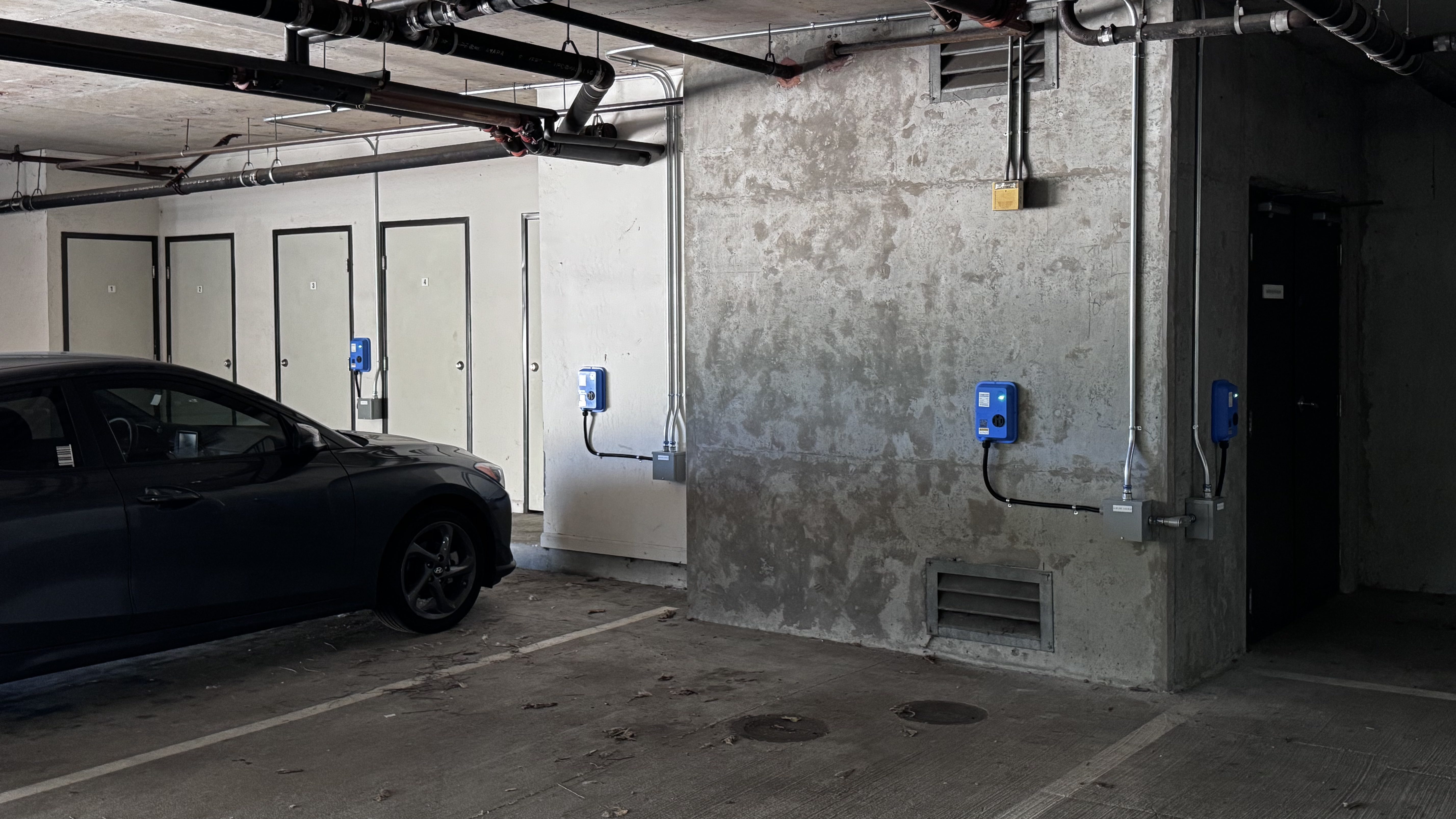
Essentially the most spectacular half in regards to the venture is the worth that Pando was capable of obtain. It did benefit from a hefty utility credit score from Peninsula Clear Power, the native electrical utility co-operative, which lined $2,000 per unit put in.
After that incentive, the all-in value together with the charging items themselves (~$500 every), venture design, set up, conduit, allowing, labor, and so forth, was solely $405 per unit. That is lower than a month’s value of HOA charges on the condominium advanced, the place items value between $500k-$1m. So, a drop within the bucket, actually, with the intention to add new functionality to each unit (and thus, higher resale worth, particularly given the recognition of EVs within the space).
Sometimes, including conventional stage 2 charging can value much more than that for an condo advanced, particularly if there’s a necessity to tug extra capability from the utility (which takes extra time, too, including additional to venture prices). So this load-sharing technique leads to nice advantages on value.
And by masking each unit, residents gained’t want to fret about sharing chargers, or needing to attend for upgrades if unexpectedly there are extra EVs than there are spots. It future-proofs the advanced in order that even when everybody will get an EV (it’s Silicon Valley, in any case), there’ll nonetheless be locations for all of them to cost.
Electrek’s Take
I’ve lengthy mentioned that the one actual downside with EVs is charging for individuals who don’t have entry to their very own storage. Whether or not this be apartment-dwellers, street-parkers or the like, the electrical automobile charging expertise is usually less-than-ideal outdoors of single household houses, not less than in North America.
There are workarounds accessible, like charging at work, or utilizing Superchargers in “third locations” the place you typically spend time, however these nonetheless aren’t optimum. The most effective wager is simply to cost your automobile wherever it spends most of its time, which is your own home. If you try this, EVs outshine every thing in comfort.
So there’s a necessity for options on this house, and Pando’s looks as if a fairly good one. There are different corporations doing installations for multifamily dwellings, however we haven’t heard of 1 that was this low-cost earlier than. It actually makes it appear economical to put in these items for each single parking spot, as an alternative of fussing about with some smaller proportion of items and having to do extra upgrades later.
The one downside with it that I see is that it’s connected to an app. Whereas Pando says that it’s labored to make sure the app is dependable even when the system goes down (e.g., it communicates domestically as an alternative of needing to hook up with the web always), an app is simply an pointless step after plugging in that I’d prefer to see eliminated.
Pando says that it’s engaged on bringing a “plug-and-charge-like expertise” to utilizing its chargers – which I’d think about could be attainable by doing native bluetooth communication with a telephone when a charging session is began, very like the phone-as-key system on Teslas and another EVs today. You’d nonetheless want an app, you simply wouldn’t must open it each time, which might be ok in my view.
However general, I’m fairly enthusiastic about this venture, as a result of it solves an enormous downside, and I cant wait to see extra multifamily communities set up one thing like this. And, frankly, we additionally want laws/constructing codes to hop in and require this type of factor, so it turns into the rule fairly than the exception and condo dwellers can really feel safe that they’ll have the ability to discover a place to cost – and if set up prices can get as little as $405/unit, that makes a regulatory reply way more attainable.
However in the event you *do* have your individual storage and roof, contemplate charging your electrical automobile at dwelling utilizing rooftop photo voltaic panels. Discover a dependable and competitively priced photo voltaic installer close to you on EnergySage, at no cost. They’ve pre-vetted installers competing for your enterprise, guaranteeing high-quality options and 20-30% financial savings. It’s free, with no gross sales calls till you select an installer. Evaluate personalised photo voltaic quotes on-line and obtain steerage from unbiased Power Advisers. Get began right here. – advert*
FTC: We use revenue incomes auto affiliate hyperlinks. Extra.



